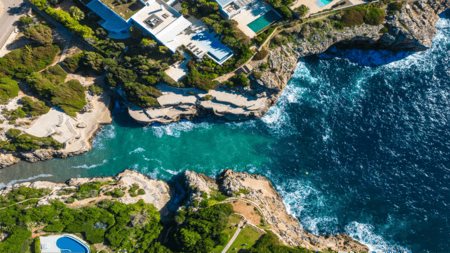The historical town of Matjiesfontein has been fascinating visitors for centuries.Situated on the plains of the Great Karoo, the magic and mystery that has always encapsulated the small Victorian Village of Matjiesfontein continues to fascinate those passing through this quaint little village. Still displaying its strong connection to the British Empire, the village is a shrine to its founder, a Scot by the name of James Douglas Logan who landed on the shores of Simons Town after being shipwrecked. Destitute with only a few pounds in his pocket, this dapper young man made his way to Cape Town and was later credited for discovering Matjiesfontein, a town once favoured by Princes, Dukes and the famous author Olive Schriener who penned the book The Story of an African Farm.Upon his arrival, the landscape was barren, with only a few makeshift buildings scattered around. Despite the lack of facilities, Logan saw the opportunity to make a fortune supplying the railways with the Karoo’s scarcest commodity – water. An experienced railway man, Logan knew that the steam locomotives of the day required 250 000 litres of water to cross the Karoo and with no reliable water source between Touws River and De Aar, he seized the business opportunity. He spent a hefty one thousand pounds finding a source capable of pumping 50 000 litres of water per day to Matjiesfontein. In November 1889 “Water World” as it was known was opened with the grandest of parties and his business empire was founded. Logan went on to marry his sweetheart, Miss Emma Haylett, a stunningly beautiful girl of French descent and continued to build and develop the town. Importing building material and commissioning stone masons from Scotland and Ireland, Matjiesfontein began to take shape under Logan’s guiding hand. Using technology that has become to be viewed as ahead of its time, Logan built a large wind-powered mill to crush wheat and to generate electricity. The town is credited with a number of “firsts”, including Tweedside Lodge that was the first private dwelling in South Africa to boast electric lighting. Pioneering the first water borne-sewage system, Logan’s home was the first residential dwelling in South Africa to have flushing toilets.Not content to sit back and relax, James Logan then went on to put Matjiesfontein on the international tourist map. Partnering with The Castle Steamship Company the area was marketed in the U.K and on the European Continent. The warmer climate and crisp fresh air appealed and Matjiesfontein quickly became a popular holiday destination for aristocrats from England and Europe. The entire town of Matjiesfontein has since been proclaimed a national monument. Colonel Fredrick Xavier Schermbrucker once praised Logan for creating “paradise in the desert.” Logan, a modest man from humble beginnings responded that it was not that he had done much, but rather that others had done so little. His accomplishments did not go unnoticed by the government of the day either and the then Prime Minister of the Cape Colony, John Merrimen, perhaps phrased it best, when he noted that “ if only I had a hundred Logan’s, I would be able to accomplish so much more”.
Property Advice



